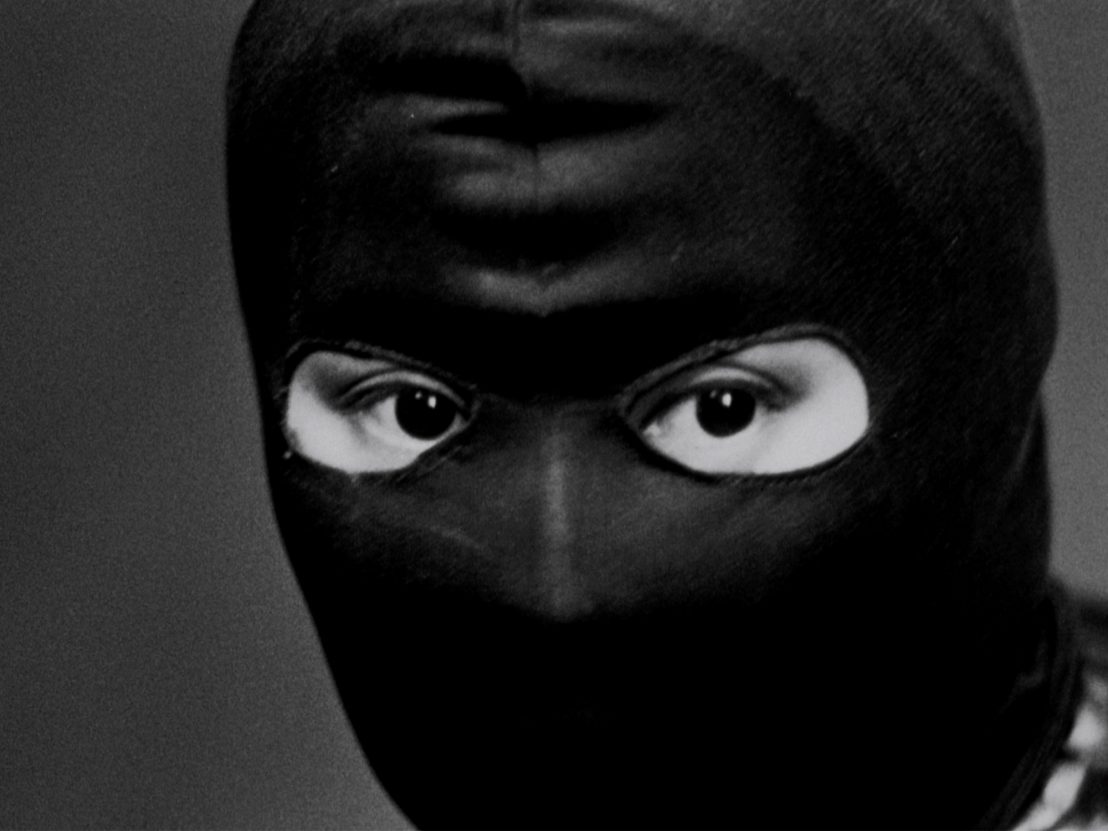
A number of pleasant exceptions emerge throughout Olivier Assayas’ 1996 film, Irma Vep. First and foremost, Chinese actor Maggie Cheung stands out as the central character – playing herself – in the French production of a film within a film. To witness an Asian star carrying the weight of the title character spoke volumes back then considering the reality of today: Asian actors represent one per cent of Hollywood’s leading roles.
And, arguably, Irma Vep plays out like a dual valentine to French cinema and to Cheung herself – not only from Assayas, who was romantically involved with his lead during production, but also from the film itself, in which the fictional director and costume designer are both enamoured with Cheung. It’s easy to see why: Irma Vep wouldn’t be what it is without Cheung, who slips perfectly into the character’s black bodysuit (more on that iconic look later).
The story unfolds in Paris, where Cheung arrives later than expected and jet-lagged from Hong Kong. She finds herself in a film exec’s office where tensions are running high: the camera follows a production team frantically trying to source funding for Irma Vep. After seeing her action films in Morocco, the director of the film, René Vidal (Jean-Pierre Leaud), casts Cheung as Irma Vep – an anagram of vampire – in a remake of the classic 1915 Louis Feiullade series, Les Vampires.
“You can be Irma Vep because you have the grace,” he admits to her enthusiastically during their first meeting, echoing a statement Assayas once made about Cheung: “[She is] an up-to-date version of an old-fashioned movie star.”

Indeed, Cheung straddles present and past seamlessly, mixing silent era poise with mid-’90s cool. During this time, French cinema struggled to rediscover its identity amidst the force majeure of American movies. As costume designer Zoe (Natalie Richard) tells Cheung, “I don’t like American films. Too much decoration. Too much money. But why? For what?” As the self-styled auteur Vidal, Leaud personifies the French New Wave. Meanwhile, Cheung is an outsider who barely speaks French, adding unconventional charm to this playful plot. As the three-day shoot gradually descends into chaos, she remains a picture of calmness as she rolls with the punches of the disgruntled crew.
This is further evidenced in the sex shop scene where Zoe fits Cheung for her skin-tight latex suit (inspired by Michelle Pfeiffer’s Catwoman costume in Batman Returns). As she’s zipped in, the transformation from Cheung to Irma Vep is nearly complete. And this despite the disorder all around her: Zoe’s chain-smoking; conversations which aren’t translated for her; and constant fussing over the outfit. All the while, Zoe’s affection for Cheung grows.
Back in her hotel, Cheung cuts a bored and lonely figure. Sonic Youth’s ‘Tunic (Song for Karen)’ foreshadows a rebellious and subversive act: “Goodbye Hollywood,” Kim Gordon sings, as Cheung finds herself in Irma Vep’s clothes, prowling the halls and stalking the hotel staff and guests. Cheung sneaks into another woman’s room and steals some jewellery that’s dangling from the bathroom sink. After slinking away, she takes the loot to the roof and tosses it to the ground, literally taking meta-method acting to new heights. Where does Cheung end and Irma Vep begin?
Shortly after, Vidal has a nervous breakdown and is replaced by a decidedly more patriotic director, José Mirano (Lou Castel). He removes Cheung from the starring role and casts a French actor named Laure (Nathalie Boutefeu) as Irma Vep. How could anyone else be Irma Vep other than Maggie Cheung? (This question equally applies to the upcoming eight-part TV remake starring Alicia Vikander.)
It doesn’t matter at this point. Cheung leaves Paris to meet with Ridley Scott in New York. In real life, the actor would later garner international critical acclaim in future roles such as In the Mood for Love and Clean. Life has a funny way of imitating art.
Published 15 May 2021

By Adam Scovell
Jacob’s pair of musical characters is one of the great feats of screen acting of the past 30 years.

By Adam Scovell
The American star led something of a tragic life, but she will forever be remembered for her role in Jean-Luc Godard’s debut feature.

By Orla Smith
Her breakthrough role in Peter Jackson’s 1994 drama instantly set the stage for her movie stardom.